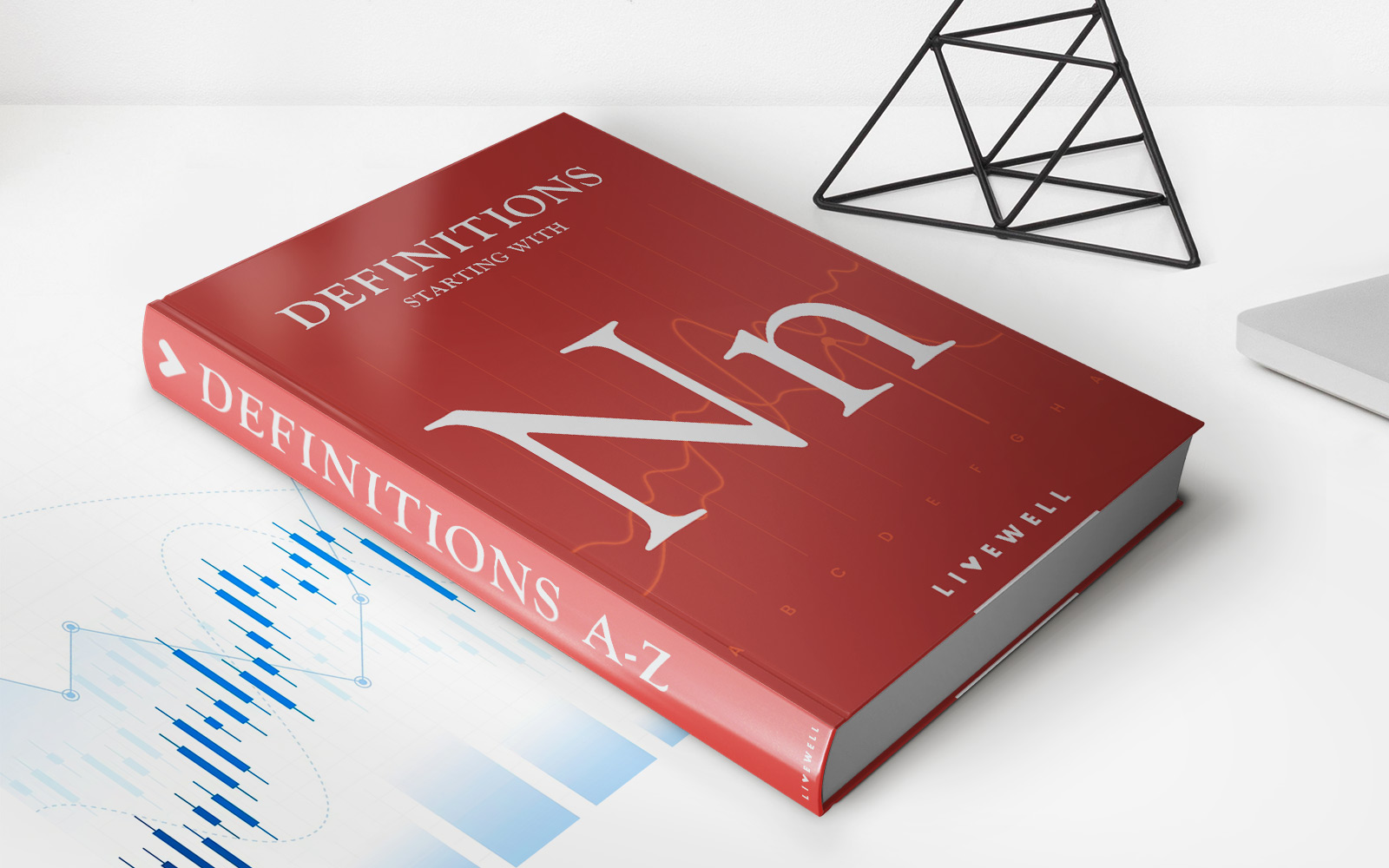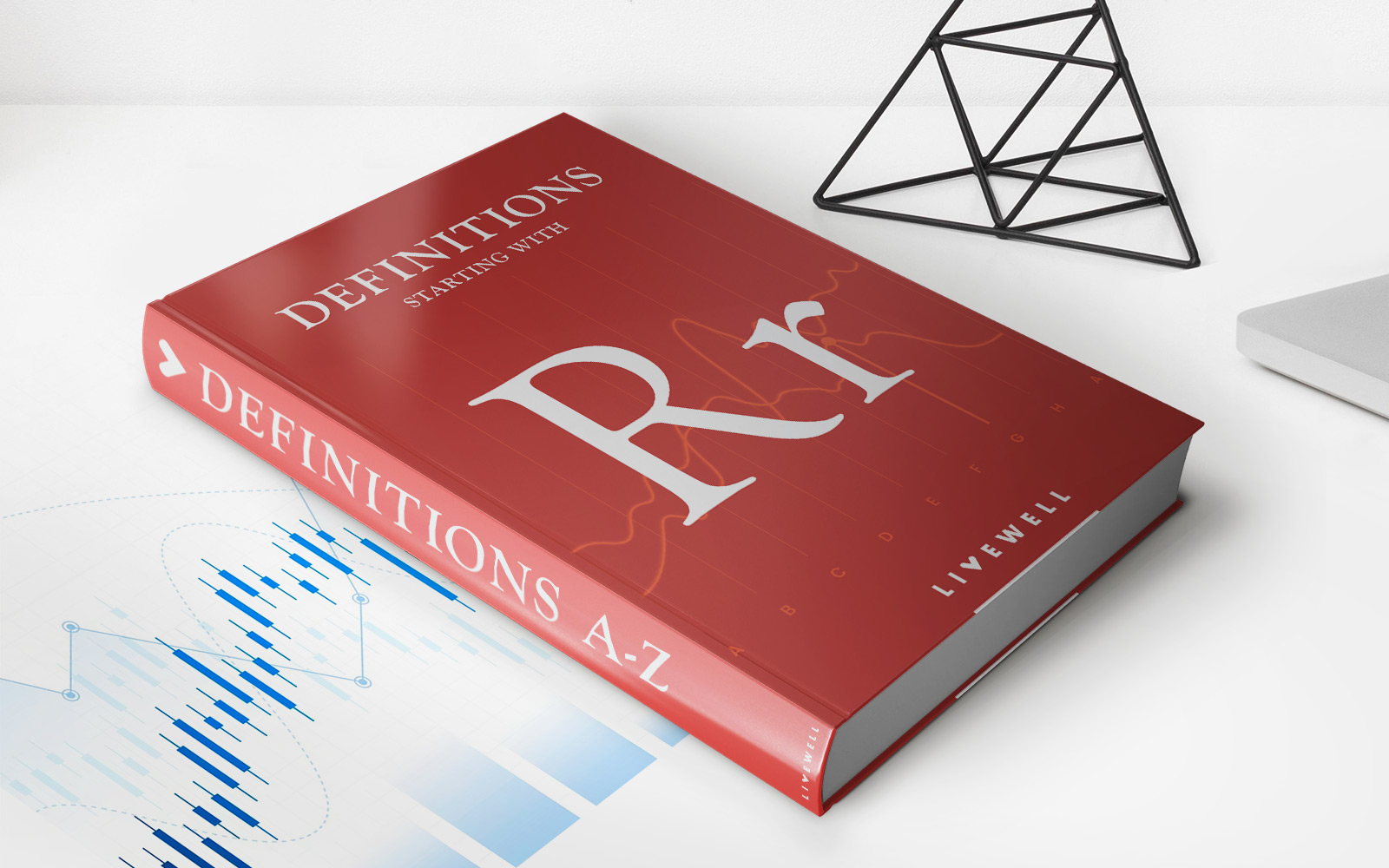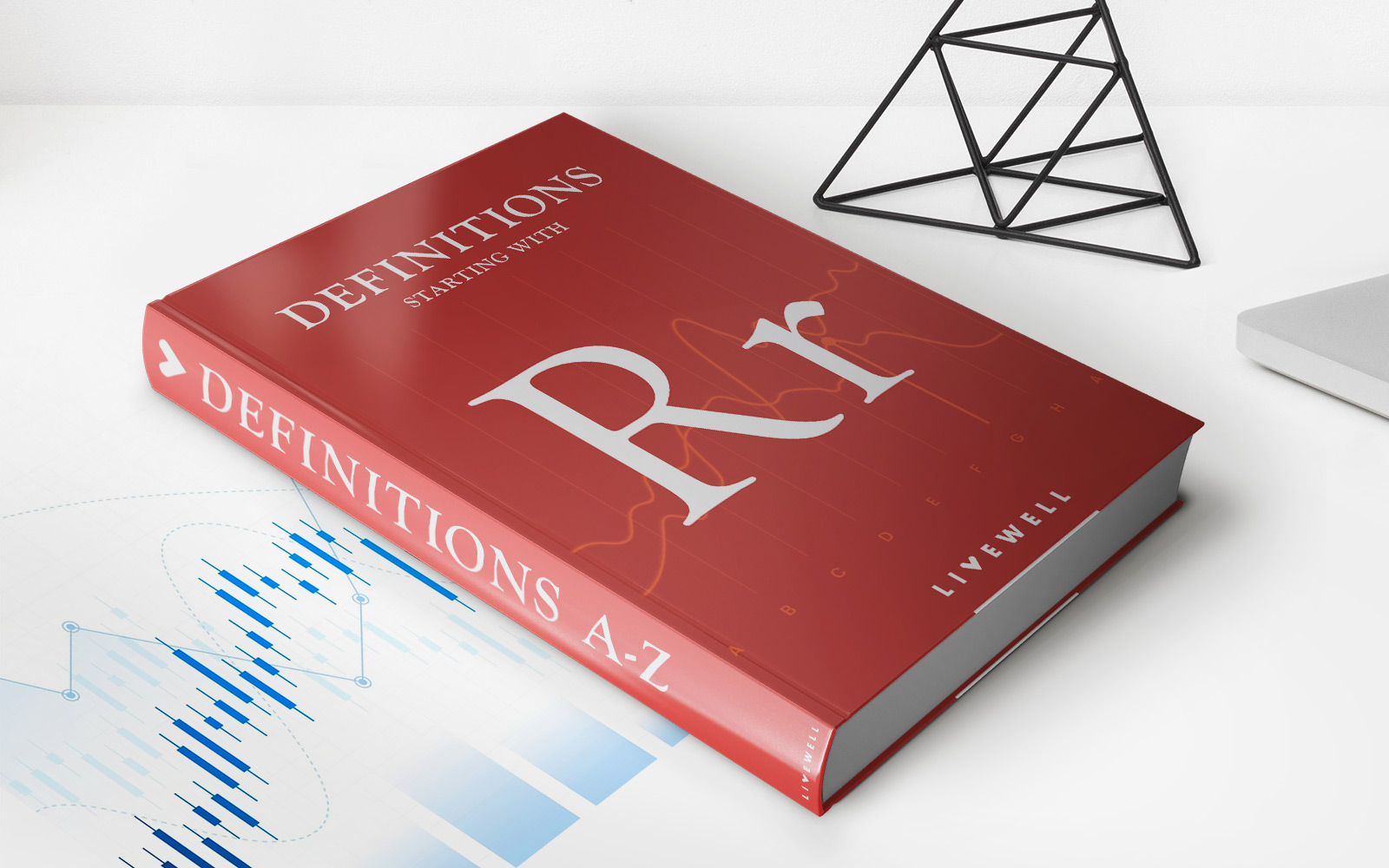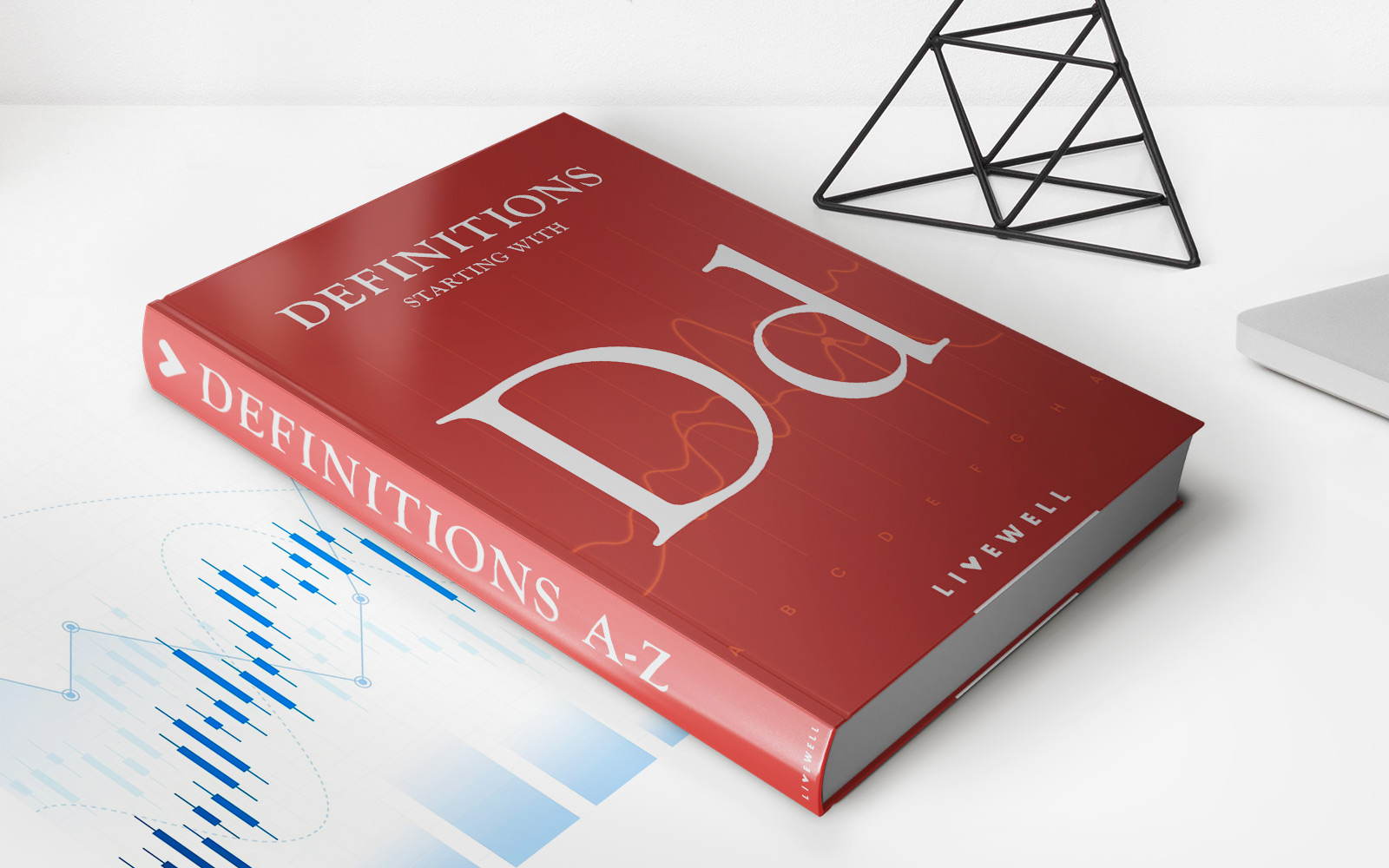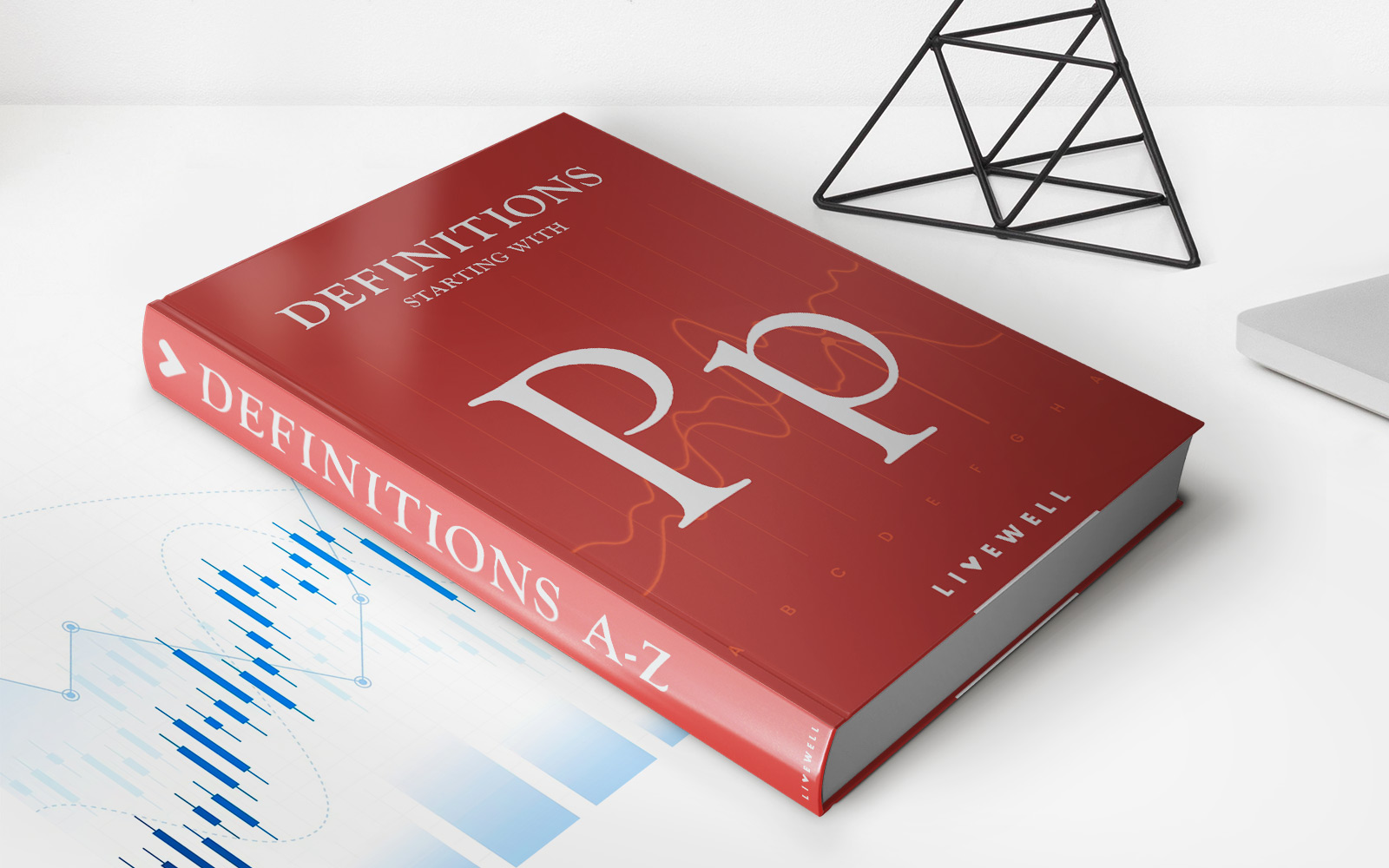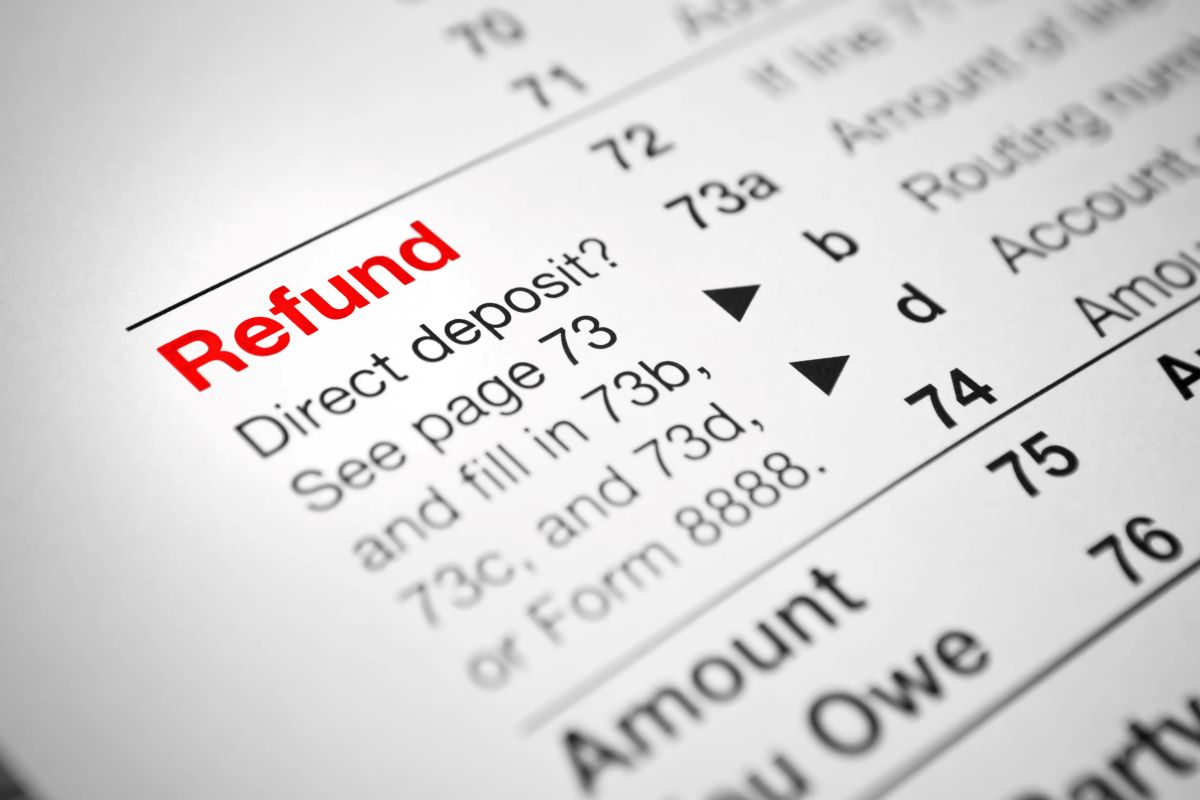Home>Finance>Economic Rent: Definition, Types, How It Works, And Example
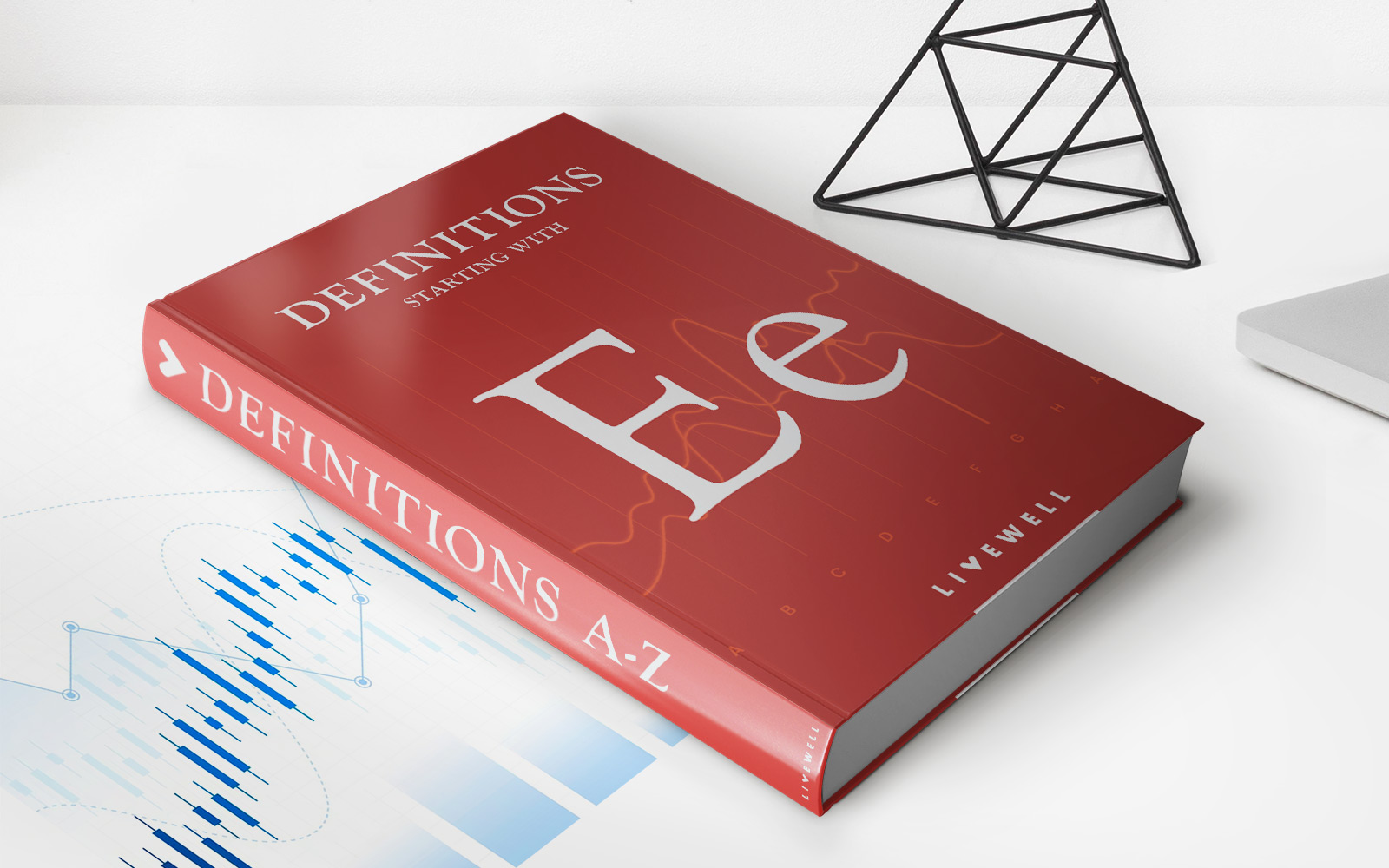

Finance
Economic Rent: Definition, Types, How It Works, And Example
Published: November 16, 2023
Learn about economic rent in finance. Understand the definition, types, how it works, and get a clear example to enhance your financial knowledge.
(Many of the links in this article redirect to a specific reviewed product. Your purchase of these products through affiliate links helps to generate commission for LiveWell, at no extra cost. Learn more)
Welcome to the World of Economic Rent!
Have you ever wondered about the concept of economic rent? What is it exactly, and how does it work? In the realm of finance, economic rent plays a significant role. In this blog post, we’ll delve into the definition of economic rent, explore its various types, understand how it works, and provide you with a real-world example to bring it all to life. So, let’s jump right into it!
Key Takeaways:
- Economic rent refers to the payment or income earned from an asset or resource that exceeds its opportunity cost.
- It is a concept commonly used in finance and economics to describe situations where the demand for a particular resource exceeds its supply, resulting in a higher price or rent.
What is Economic Rent?
Economic rent can be best understood as the income or payment earned from an asset or resource that exceeds its opportunity cost. In simpler terms, it refers to the surplus payment received above what is required to keep a resource in its current use.
In the realm of finance, economic rent often stems from factors such as scarcity, unique location, specialized skills, or monopoly power. This surplus payment can arise from various sources, including land, patents, trademarks, or even expertise in a particular field.
Types of Economic Rent:
Economic rent can be categorized into four primary types:
- Land Rent: This type of rent is derived from the natural resources available in a particular area. Land rent can increase due to factors like high demand, desirable location, or limited availability.
- Intellectual Property Rent: Intellectual property rent is earned when individuals or businesses own patents, copyrights, trademarks, or any other legally protected intangible assets.
- Resource Rent: Resource rent refers to the surplus payment earned from the extraction or use of scarce resources such as oil, gas, minerals, or water.
- Debt Rent: Debt rent is obtained by individuals or companies when they lend money to others and earn interest or other financial returns on the borrowed capital.
How does Economic Rent Work?
Economic rent occurs when the demand for a particular resource exceeds its supply. When the supply is limited, it creates a scarcity, driving up the price or rent associated with that resource. This surplus payment, also known as economic rent, goes to the owner of the asset or resource.
For example, imagine a prime piece of real estate located in the heart of a bustling city. The demand for this land is exceptionally high due to its central location, making it a prime spot for businesses. As a result, the owner can charge a higher rent compared to similar properties in less desirable locations, thereby earning an economic rent.
Real-World Example of Economic Rent:
To further illustrate the concept of economic rent, let’s take a look at the market for professional athletes. Top-tier athletes possess unique skills and abilities that are in high demand by sports teams and the general public. As a result, professional athletes can often demand exorbitant salaries or endorsement deals that exceed their opportunity cost.
For instance, a superstar basketball player may sign a multi-year contract worth millions of dollars with a team. This massive salary goes beyond what is necessary to keep the player on the team, creating economic rent for the athlete.
Wrapping Up
Economic rent is a crucial concept in the world of finance and economics. Understanding it can provide valuable insights into how certain assets or resources earn surplus payment or income. From land rent to intellectual property rent, the various types of economic rent highlight the wide range of factors that contribute to this phenomenon. Whether it’s due to scarcity, location, specialized skills, or unique assets, economic rent plays a significant role in shaping our financial landscape.
We hope this blog post has provided you with a comprehensive understanding of economic rent, its types, how it works, and a real-world example. So, the next time you come across the term “economic rent,” you’ll have a solid foundation to comprehend its significance and implications in the world of finance.
Remember, knowledge is power when it comes to understanding the intricacies of finance and economics, and economic rent is just one piece of the puzzle.
